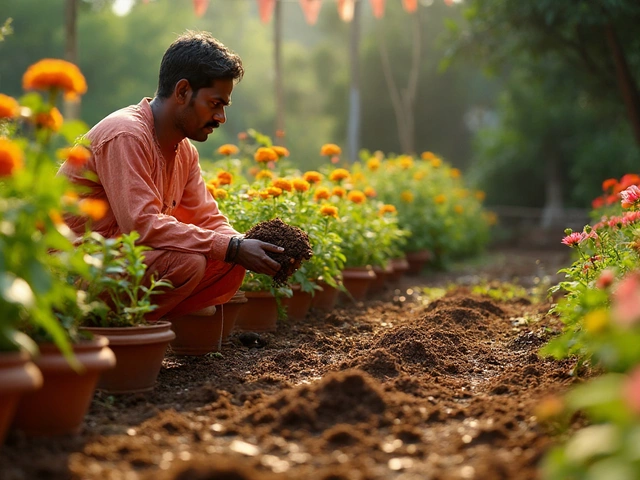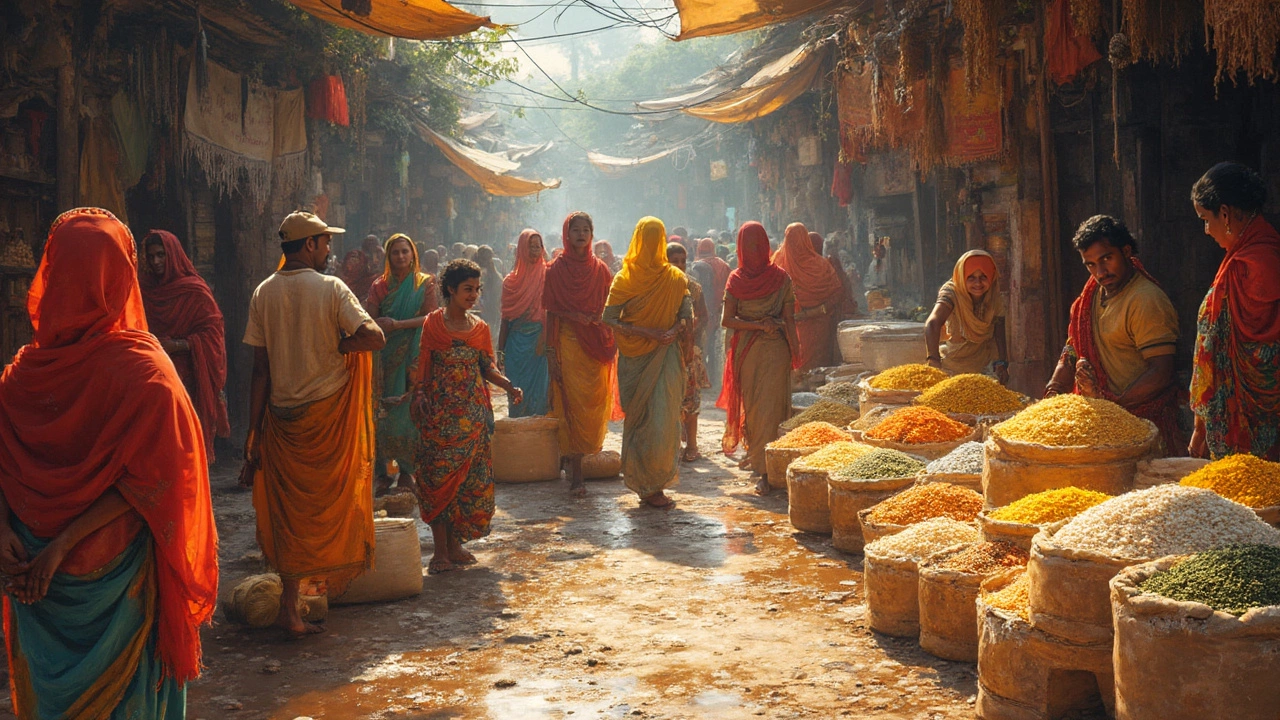Rice Habits: Simple Ways to Grow, Harvest and Use Rice
Rice feeds most of India, but many growers still ask how to get a better crop without spending a fortune. The good news is that a few everyday habits can lift your yield, protect your field and even make cooking easier. Below are the basics you can start using today.
Best Soil and Water Practices
Start with the right soil. Heavy, clay‑rich paddies hold water well, but they can choke roots if they’re too compact. Loosen the top 15‑20 cm with a spade or tractor‐mounted tiller and mix in good quality compost or well‑rotted farmyard manure. This improves drainage and gives seedlings a nutrient boost.
Water is the lifeblood of rice. Traditional flood irrigation works, but it wastes a lot of water and can encourage weeds. If you can, try shallow flooding of 5‑10 cm during the early stage and then let the water recede a bit before the tillering phase. For smaller plots, a drip‑irrigation line buried 10‑15 cm deep supplies just enough moisture without drowning the plants.
Boosting Yield and Avoiding Risks
Choose certified seeds that match your region’s climate. Space them 15‑20 cm apart in rows 20‑25 cm apart – this gives each plant room to grow and lets you see pest problems early. Before planting, soak the seeds for 12‑24 hours to kick‑start germination.
Watch out for common risks: unpredictable weather, sudden pest attacks and price swings after harvest. To hedge against weather, plant a short‑duration variety that can be harvested before the monsoon peaks. For pests, use companion planting – a strip of mustard or marigold can repel rice pests without chemicals.
When the panicles turn golden and the grains start to turn hard, it’s harvest time. Cut the stalks a day before the grains fully mature; this makes threshing easier and reduces grain breakage. After threshing, dry the grains in a shaded, well‑ventilated area for at least two days before storing.
Knowing how many grains you can expect helps plan meals and market sales. A healthy rice plant can produce 100‑120 grams of grain, which translates to roughly 7‑9 kg of rice per 100 m². One cup of dry rice (about 185 g) yields around 3 cups of cooked rice, perfect for a family dinner.
These simple habits – prepping soil, managing water, picking the right seeds, protecting against pests and timing the harvest – can turn a modest field into a reliable source of food and income. Try them out on your next planting season and watch the difference for yourself.
Which Ethnicity Consumes the Most Rice Daily?
Rice is a key staple in many cultures, but some ethnicities have a particularly high consumption rate. This article explores which communities rely on rice the most, looking at the factors behind these eating habits. Discover how rice fits into various cultural diets and the reasons behind its overwhelming popularity in certain regions. Learn about the surprising details of global rice consumption and what makes this grain a cornerstone of such diverse diets.
About
Rice Cultivation
Latest Posts


Most Sustainable Plant in the World: A Real Game-Changer for Your Garden
By Alden Thorne Apr 23, 2025

Easiest Vegetables to Grow on Your Apartment Balcony
By Alden Thorne Mar 31, 2025

Eco-Friendly Yard Ideas: Sustainable Tips for a Greener Outdoor Space
By Alden Thorne Jul 17, 2025

